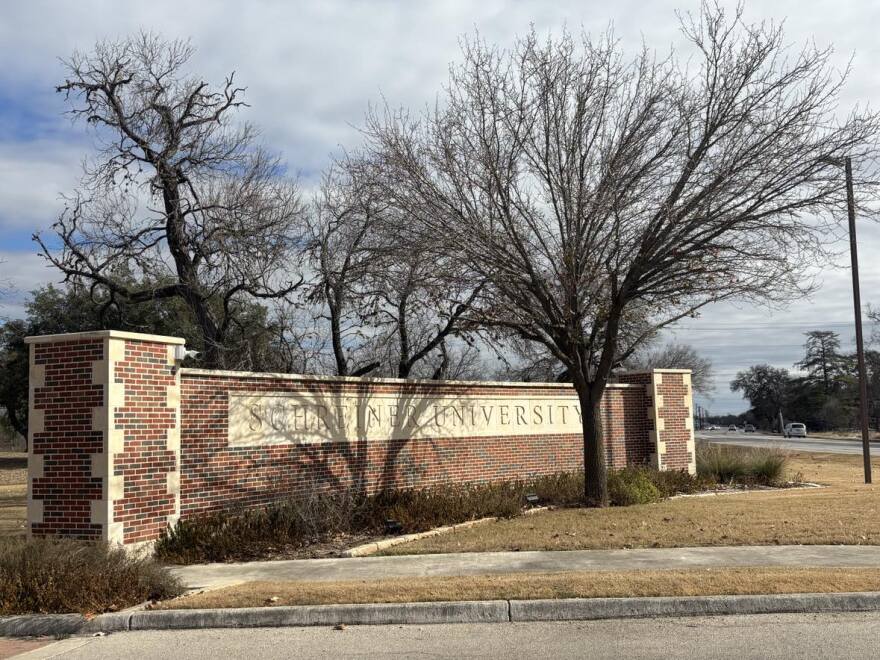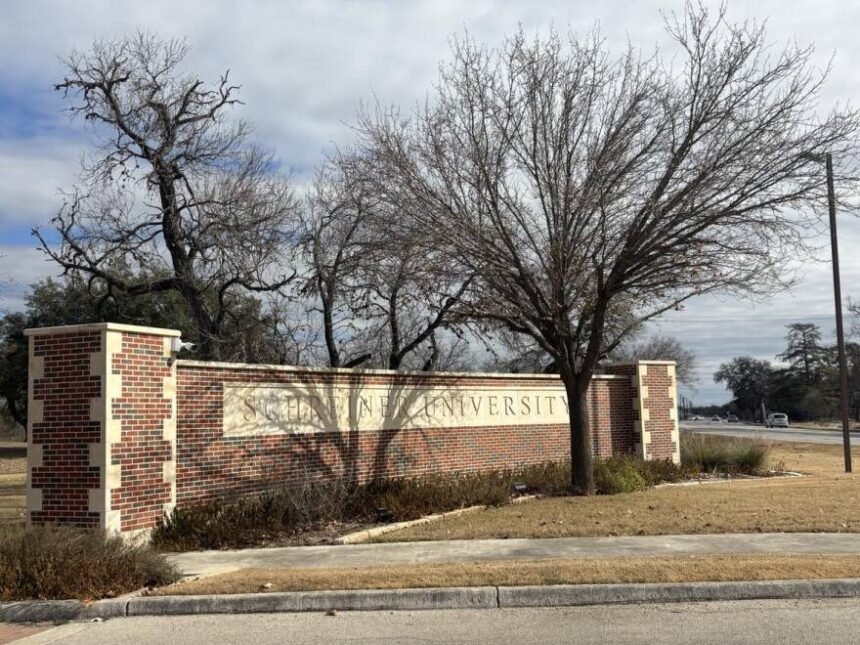You probably know the city for its Hill Country setting or the Guadalupe River that runs through it. Kerrville is a lot of different things to different people, but now it’s literally become a city for the birds.
It’s a designation that Schreiner University Biology Professor Chris Distel said is important: “Officially, now we are a member of Bird City Texas, which is a relatively small but growing number of cities in Texas.”
“This is a designation that’s given by the Texas Audubon Society and Texas Parks and Wildlife Department for cities who take on a special focus on both the biology and natural history of birds, but also, in a more general sense, getting people who are from that city or who visit that city aware of its natural history and natural beauty. It’s good for the birds, and it’s good for the people.”
Katy Kappel was the spark plug behind the Bird City process, one that required detailed efforts to improve birds’ lives in the city filing.

“There’s 40 or 50 things that you can do that will improve habitat and the environment for birds and also educate the public about the importance of birds and taking care of your environment,” Kappel said.
She said that given the list of must-dos to qualify for Bird City, Kerrville was already soaring in the right direction.
“For instance, the requirements are that you have one native plant sale. Well, Kerrville has been having two a year for 15 years,” Kappel said. “You’re supposed to have a native plant garden with the plants labeled for the public. Well, we have eight, and the 4-H kids are working on another one.”
Distel said this isn’t just some feel-good process. Birds are in trouble. “One of the things that we’ve seen, really for the last 20 years nationwide, is declines — not just in individual birds coming to feeders and things like that, but [also] declines in overall species numbers in in urban places [and] in rural places,” Distel said.
Bird counts nationwide show declines by as much as 40%. “Compared to the mid 1900s that’s a pretty good estimate,” he added.

Katy Kappel noted that this isn’t just environmentalists and bird-lovers who think this is important. Given Kerrville’s location and natural attributes, she thought that making the effort to become a Bird City doesn’t just make sense. It makes dollars too.
“We’re on the flyway for migration, and the river is a big attraction to the to the birds that come through here,” Kappel said. “So it’s a perfect place for, well, people that are serious about birding — and part of the bird city appeal is that it will increase tourism.”
Distell noted that the economic impact of those coming to see the birds can be felt through all sectors of the community. “Some birders are very, very enthusiastic folks, and they will travel long distances to see some really unique things,” Distel said. “And they stay in the hotels. They eat in the restaurants. They buy fuel. These are wonderful, financial investments for the community as well.”
The partners who collaborated on Bird City are coming together on Friday to celebrate the designation. “Friday afternoon, starting at 5:30, we’ll be at what we call The Hill at Schreiner, and that includes the Kerrville Hills Winery at Schreiner our partners will be there,” he said. “We’re going to have a very casual, very, pleasant reception announcing the official kickoff of Bird City, Kerrville.”
Kerrville marks the eighth Bird City location, a list which includes San Antonio.











